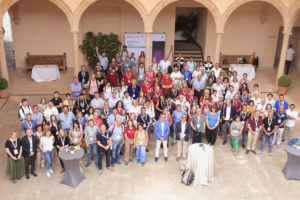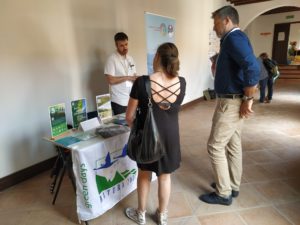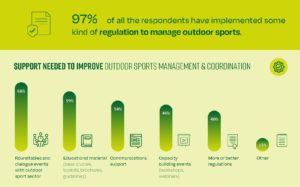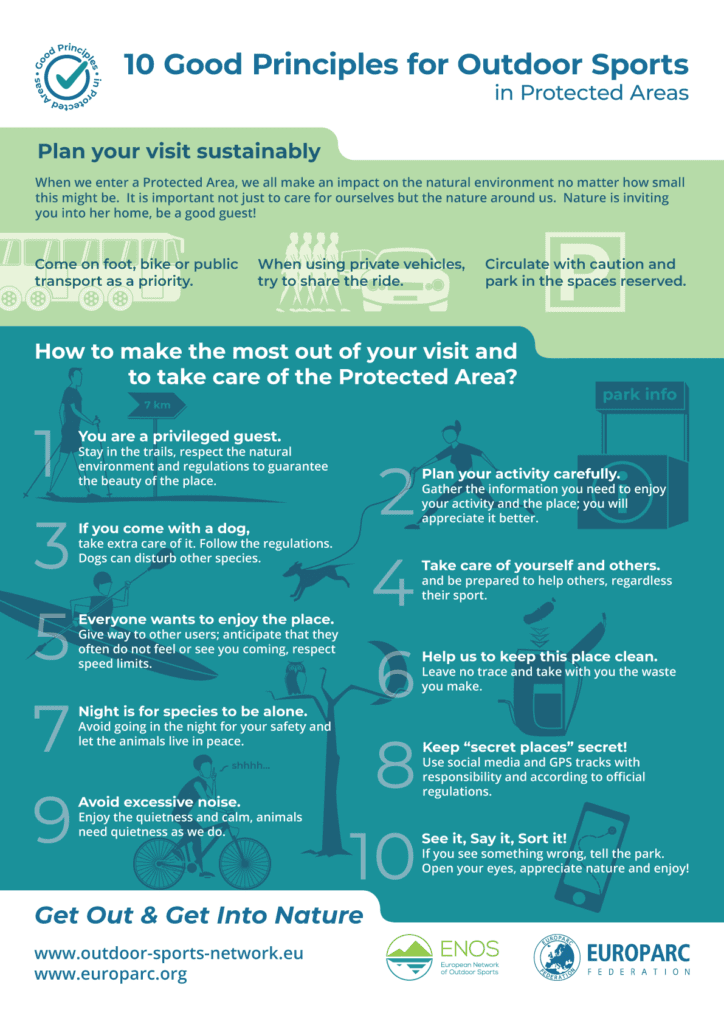SEE project: Promoting responsible behaviour in Protected Areas at ESPARC 2022
From May 18 to 22, 2022, the XXI Congress of the members of EUROPARC Spain, gathered 150 participants in the Sierra de las Nieves National Park and Biosphere Reserve, Andalusia, under the theme “ESPARC 2022: towards living Protected Areas”.

ESPARC Conference 2022 in Ronda, Spain
This was a great opportunity to share the information as well as the insights from the report produced by the Sustainability and Environmental Education in Outdoor Sports – ERASMUS+ project with the Congress participants.

SEE project report
The first report within the SEE Project, “Perceived Issues from Outdoor Sports in Protected Areas” highlighted the issues that can be created by Outdoor Sports in the natural environment and particularly in Protected Areas at the local level.
KEY FINDINGS: Perceptions about Outdoor Sports by Protected Areas Managers
Some of the main insights provided by this BeActive… BeOutdoors… BeResponsible… report include:
- Most Protected Areas selected hiking (88.3%), mountain biking (57.5%), cycling (53.2%), running/orienteering (50%) and horse riding (39,2%) as the top 5 most practised Outdoor Yports.
- The most consistent issues throughout the majority of habitats were perceived to be linked to hiking and were namely issues with unleashed dogs, and in mountain biking, where conflicts with other users and practice in restricted areas were usually perceived as the most prominent issues.
- 70% of the respondents indicated that they monitor or estimate visitors numbers and 55% follow a visitor management plan but only 9% held the European Charter for Sustainable Tourism (ECST).
- 97% of all the respondents have implemented some kind of regulation to manage outdoor sports.
- Overall, 66% of respondents stated that outdoor sports in their Protected Area are linked to better awareness of nature and environmental issues, and 65% believe that their Protected Area is more valued by outdoor sports practitioners.
The survey was filled out by 94 Protected Areas from 24 countries. You can read a summary, the full report or a summary per outdoor sport category here:
In addition, on the official SEE Project website, you will also be able to find a second report focusing on broader sustainability issues for Outdoor Sports.
10 Good Principles for Outdoor Sports in Protected Areas
When talking about sports activities in protected natural spaces, it is necessary to pay attention to the way these activities are carried out in order to lower the impact of Outdoor Sports on the environment. That is why we also used this opportunity to present, in ESPARC Marketplace exposition, the 10 Good Principles for Outdoor Sports in Protected Areas developed together with the European Network of Outdoor Sports (ENOS). They summarise the best practices that can help you plan your visit to the Protected Area safely and respectfully to ensure your actions leave no negative impact on the natural environment.
Check them out:
10 Good Principles are available in different formats and languages! Please click here to download them!
Endorse the 10 Good Principles
Now that you know how the principles work, the next step is to back them up. How? It’s very simple! Here are a few examples:
- Show the 10 Good Principles on your website. Visitors who prepare their trips will be better informed.
- Disseminate information on social media. Use your network to spread the word!
- Use your visitor centre to show and talk about the principles during the visits.
- If you organise or participate in an Outdoor Sports event, make sure participants know the principles before the activity starts.
- When working with young people, teach them and highlight the importance of respecting these principles. Five minutes of teaching can develop into many years of good practice.
- Talk and spread the word to anyone interested, in any way. All diffusion is important!

